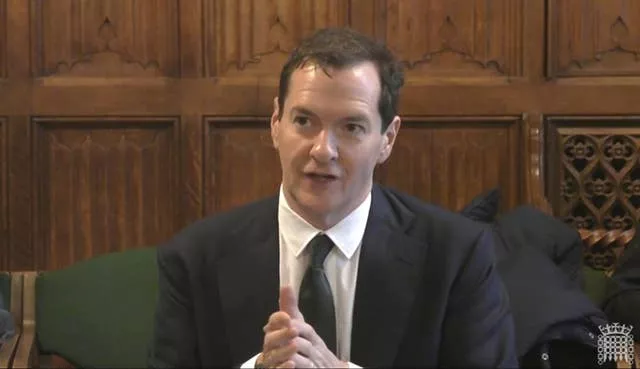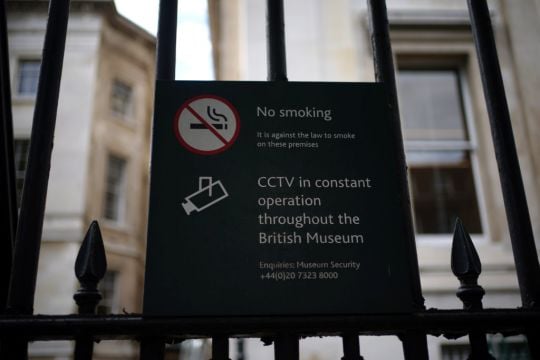The British Museum’s interim director has disclosed that one million artefacts are unregistered following thefts and concerns raised about cataloguing.
On Wednesday, Sir Mark Jones announced steps to uploaded digitally or improve 2.4 million records to safeguard the collection at the London-based attraction.
At the UK's Culture, Media and Sport Committee, it was also disclosed that “records were altered” to conceal thefts following an estimated 2,000 items being stolen.

Mr Jones told the one-off session: “There is a task of dealing with unregistered objects, there are about a million of those.
“There are others tasks of taking the 300,000 objects that are registered but not digitised at all and digitising them, taking the 1.1 million objects which are digitised but have no photographs and making sure that they’re associated with a photograph.
“There are levels of activities here.”
Mr Jones also suggested what is considered “good quality documentation” has changed and now involves digitisation, accessibility and photography.
He confirmed some 350 missing items are in the process of being returned, and it is estimated 2,000 have been stolen.
On August 16th, an unnamed member of staff was sacked and the items – including gold jewellery, semi-precious stones and glass – were revealed to be missing, stolen or damaged.

Chairman of the British Museum trustees George Osborne also told the one-off session of British MPs that the institution has been “victims of an inside job” as he outlined changes made by the body.
He said: “The objects have started to be recovered … We have changed our whistleblowing code, changed our policy on thefts … tightened up security on thefts.”
Mr Osborne also said recording objects is a “complicated task” following the suggestion that the institution did not have a complete catalogue of everything in its collection.
“Quite a lot of steps were taken to conceal (thefts) … a lot of records were altered and the like,” he said.
He added: “If someone is entrusted by an organisation to look after something and they are the person removing those objects, that is hard for any organisation, and it was hard for the museum, where there is a trusting culture.”
A Metropolitan Police investigation is under way and a man was interviewed under caution on August 23.
No arrests have been made.

Mr Osborne also announced the stolen items that have been recovered will be put on display at the British Museum.
He said: “There is a lot of public interest in these objects … 350 have now been recovered and titles have been transferred to us so we have the makings of a good exhibition that was not previously planned.”
During the session, former Victoria and Albert (V&A) Museum director Mr Jones also dismissed the idea that loans to the body have been affected by the thefts being revealed.
He said the institution’s reputation is “pretty strong” but there has been a “significant” effect.
Mr Jones added that those who loan items to the museum have wanted him to “reassure them that their objects are safe” and “everything is going as planned” regarding exhibitions.
He also said there is increased security measures including governing access to strong rooms.
Mr Jones added: “It’s not the case the British Museum contains a lot of valuable objects that are unregistered.
“It’s not an excuse but I think what has happened is these objects came in as part of a very large gift to the British Museum, partly purchased, and at the time the objects that we are talking about were thought very lowly of and despised in the early 19th century because people realised many of them were recent and not antique and it’s a real failure that this initial decision not to register them was never rectified.”
The plans for increased digitisation means the British Museum will add pictures and more details about the history of items and any improvements made to them, along with making the archive more easily searchable by the public.
The institution released images in September of classical Greek and Roman gems and jewellery – which are similar to the missing artefacts but not pictures of the absent items – to the public, which could lead to the recovery of more objects.







